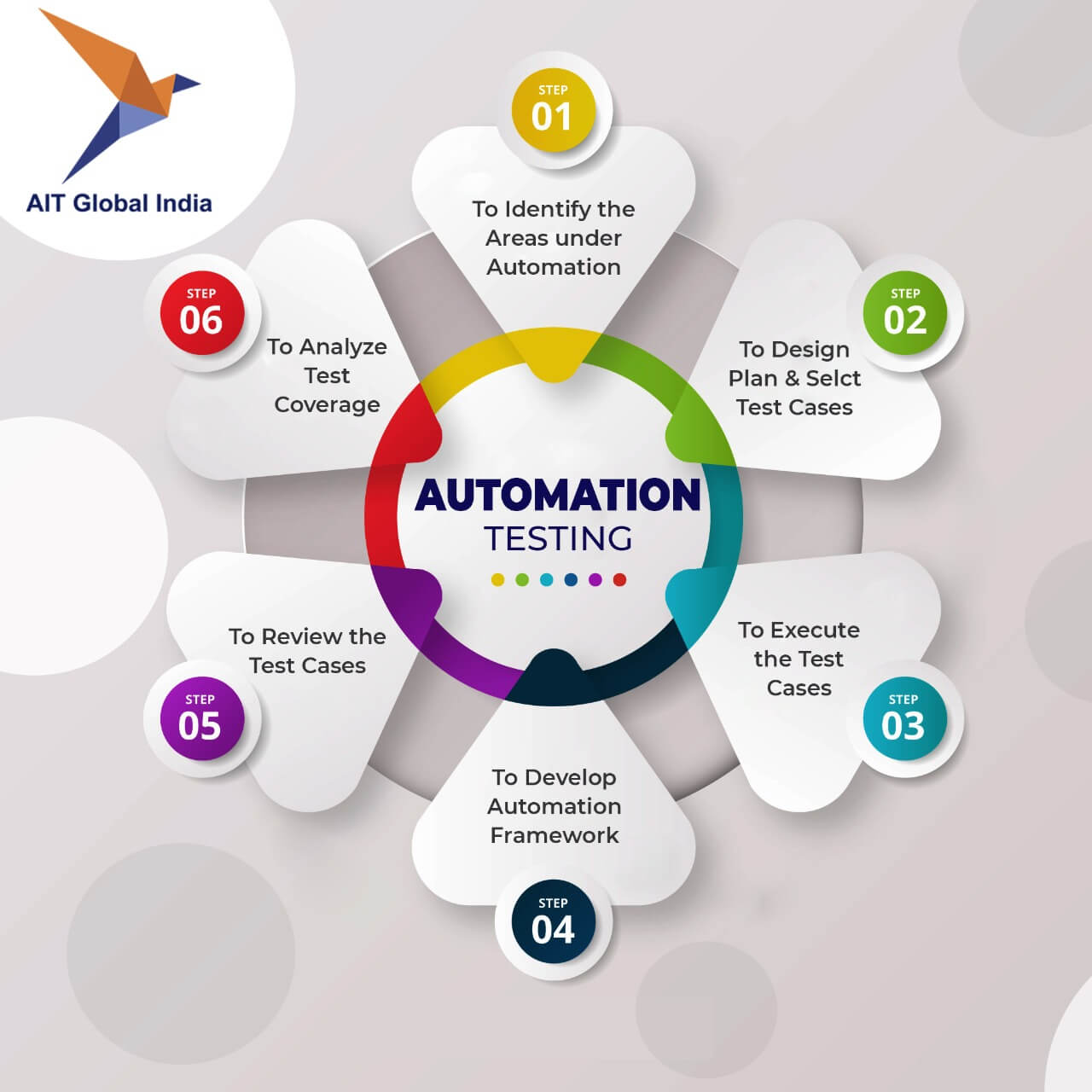Advantages Of Automation Testing And When To Use It

Test Automation
Test automation executes an automation test case that compares the results with the expected results. The best way to avoid human errors in your testing is automation testing. It is required when the same test cases run simultaneously across multiple machines. Manual testing is tedious and time consuming. It would help if you automated your testing to test your system simultaneously. For that, you can develop a script that runs automatically from many devices. Automation testing is performed using various automation tools that help us to test cases more effectively. There is no need to write each test case separately.
Advantages Of Automation Testing and When to Use It
Automation testing has its benefits. The most efficient option in this tech world is automation testing. Playback of pre-recorded and predefined testing scenarios is allowed by automation testing services. We can compare the results with the expected behavior and check whether they fail or succeed.
- First and foremost, automation testing is the best way when you don’t want to compromise with the intended quality, infrastructure or functionality of the end product. It also gears up the delivery speed of the software.
- Automation testing saves your time, improves quality and boosts capacity. It is the best option when running multiple tests at once. Also, it saves time and maintains the quality of the product. It is required for repetitive tests. Your test coverage and scalability increase. As automation testing is done through an automation tool, you can have enough time to spend on higher-value tasks. Now, automated software testing is an essential part of successful developers’ projects. Whether big or small, companies cut down the testing cycles as the test automation services become more affordable.
- If your budget is low, skip automation testing for smaller-scale projects. However, for larger long-term projects, automation testing removes your frustration and can save your time as well as money. So, automation testing is meaningless for simple projects, and it’s better to go with manual testing.
- Automation testing helps in reducing cases where there is a requirement for debugging. It would help automated software testing in your business when the automated tests are more feasible than manual.
- However, the baseline for manual testing is usually ten tests, and anything more than that probably needs automation. Manual testing won’t allow you to run multiple tests simultaneously across multiple machines, but automation testing does.
Types of Automation Testing
There are many ways through which automation testing is carried out. Amongst them, some are listed below.
- Functional Testing: It focuses on the functionality of the applications. First, the testers evaluate whether the application’s core functions are performing their task ideally.
- Smoke Testing: Smoke testing differs from other testing as it incorporates various essential features. Therefore, to comprehend the features of smoke testing, we need to understand those features.
- Compatibility Testing: Compatibility testing focuses on the non-functional aspects of the application. The name itself suggests the software compatibility is measured against the predefined hardware and software and network requirements.
- Regression Testing: Regression testing is the testing where testers learn to validate whether a recent update in the program or code alters the existing features of the system. The regression tests must be fully or partially executed as they are primarily repeatable. So regression testing is suitable mainly for such tests.
It is well known for Verification Testing. Here the build is verified by testing the essential features of the application and then sent to the following levels of testing based on the test results.
When to Perform Automation Testing
Many factors help understand the role of automated testing under the given scenarios. Some of the important factors are described below.
- Testing frequency: The essential factor you need to consider is the frequency at which particular test cases are executed. In addition, the repetitive and redundant test processes are reduced by automation testing, thus saving significant amounts of time and resources during test automation compared to manual testing procedures.
- Number of test cases: Whether there is a need for test automation or not can be determined through the total number of test cases you have in a typical test suite. Therefore, it is not advisable to use test automation when you have merely ten or fewer test cases, even if you execute them repetitively.
- Importance of features: Whether the test automation is ideal depends mainly upon the priority of features in an application. Some features have higher chances of failure compared to others. Human-induced errors are reduced by test automation. Testing automation offers more excellent test coverage compared to manual testing.
- Order of Test Cases: Software teams need to test some of the features sooner than others in many projects. While evaluating the test cases, the software teams must follow a predetermined order. This becomes very tedious with manual testing as it is time-consuming and complex. The testers need to remember the order just by memory or refer to external sources. Compared to this, automated testing allows us to order as we like.
- Single Functionality Testing with Multiple Data Sets: Software testers execute the same test cases and multiple data sets in some software components. This becomes a common issue where testing data is extracted from external sources.
- Testing Responsive User Interface: Automated testing platforms carry out testing responsive user interface components. The automated test scripts quantify the distance between the images, design elements, and the alignment of these components related to each other.
If a more significant number of test cases are at hand, manual testing is difficult for each of them. It is easier for development teams to cover a large number of test cases and to deliver better results by using automated testing. Whether you use automated or, manual testing relies totally upon the cost of automation testing versus its benefits.
The data-driven automation testing frameworks help us reduce the time and effort spent testing the cases. Even if there is a single test case, more extensive data coverage is ensured. Manual testing is prone to miss data sets as the testing teams are most likely to test the same functionality repeatedly.
